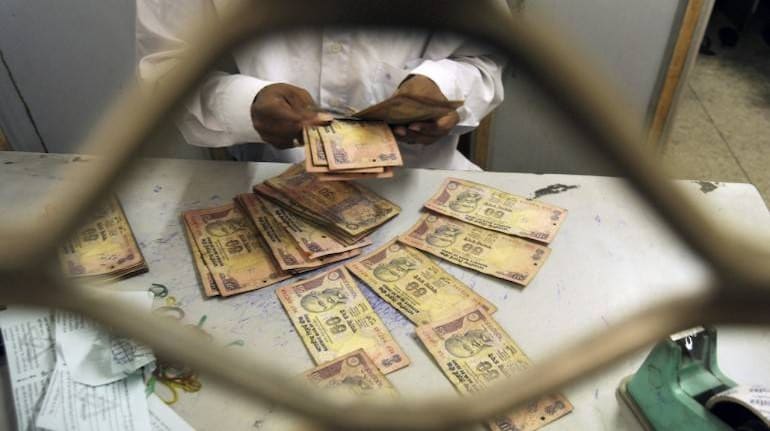



The gross non-performing advances (GNPAs) of the banking sector increased by Rs 26,500 crore (0.37 percent of advances) during Q3FY2017, much lower than the Rs 51,700 crore (0.56 percent) and Rs 58,700 crore (0.87 percent) during Q2FY2017 and Q1 FY2017, respectively.
The GNPAs stood at Rs 7.28 lakh crore (9.52 percent of gross advances) as on December 31, 2016 as against Rs 5.92 lakh crore (7.72 percent) as on March 31, 2016. Cumulatively, during 9MFY2017, GNPAs increased by Rs 1.36 lakh crore (1.8 percent of advances).
Chart 1: Trend in fresh slippages

Source: Quarterly results of 26 public sector banks and 16 private banks
Notwithstanding the lower GNPA addition during Q3, annualised fresh NPA generation rate remained high at 4.1 percent of standard advances (Rs. 71,100 crore) as against 5.8 percent (Rs 99,600 crore) in Q2FY2017 and 6.1 percent (Rs 107,500 crore) in Q1FY17.
The lower addition to GNPAs was supported by large write-offs, as recoveries and upgrades slowed during Q3 to Rs 20,800 crore as against Rs. 56,000 crore during H1FY2017, whereas the write-offs increased to Rs 22,600 crore during Q3FY2017 in comparison with Rs 40,332 crore during H1FY2017.Chart 2: Trend in Gross NPAs + Restructured Standard Advances

Source: Quarterly results of 26 public sector banks and 16 private banks
While a considerable portion of the stressed exposure has already been recognised as non-performing, the overall stressed assets in the banking system are showing some signs of stabilisation.
However, the with standard restructured advances of ~3 percent and ~1.5 percent of the advances under resolution (under schemes like strategic debt restructuring and scheme for sustainable structuring of stressed assets), the slippages in asset quality are expected to continue in FY2018 as well.
Given the higher quantum of standard restructured advances of PSBs (3.6 percent) than private banks (1.1 percent), the asset quality pressures will be higher for PSBs.
The standstill clause on asset classification for these stressed accounts will start expiring from Q4FY2017 and as resolution remains insignificant, these assets are likely to slip into the non-performing category in FY2018.
ICRA expects GNPAs to increase to ~9.8 percent by March 2017 and ~10.3 percent by March 2018.
(Writer is Senior VP and co-head of financial sector ratings at ICRA)
Discover the latest Business News, Sensex, and Nifty updates. Obtain Personal Finance insights, tax queries, and expert opinions on Moneycontrol or download the Moneycontrol App to stay updated!
Find the best of Al News in one place, specially curated for you every weekend.
Stay on top of the latest tech trends and biggest startup news.